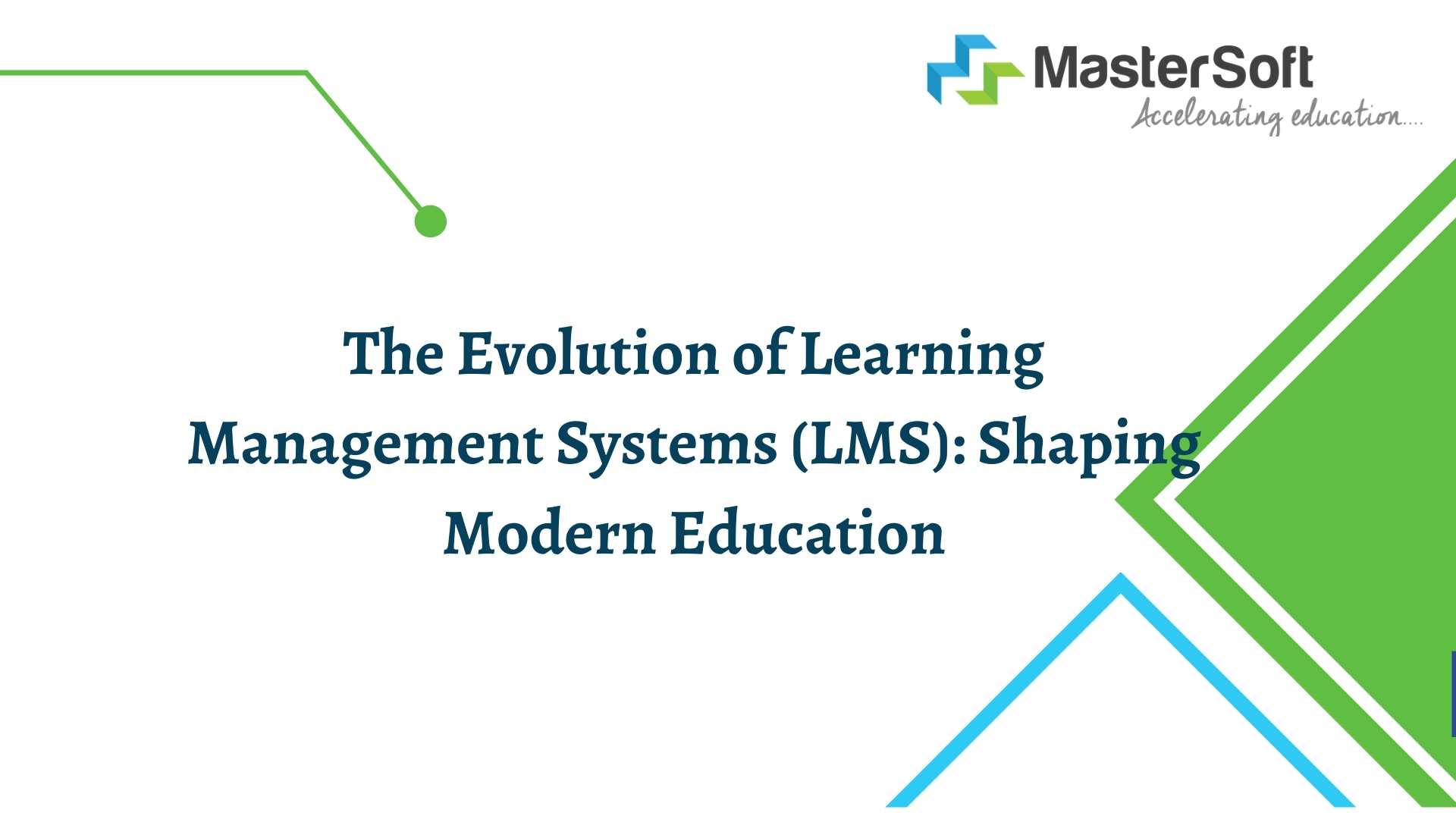The world of education is undergoing a transformative shift, driven by the pervasive influence of technology in our lives. Learning Management Systems (LMS) are at the forefront of this change, revolutionizing how we approach teaching and learning. In this comprehensive exploration, we will delve into the multifaceted world of Learning Management Systems and their profound impact on modern education.
The Digital Age and Its Impact on Education
The digital age has radically changed the way we communicate, work, and access information. This transformation extends to education, where traditional teaching methods are increasingly complemented and, in some cases, supplanted by technology-driven approaches. The advent of Learning Management Systems marks a significant milestone in this ongoing evolution.
Unpacking the Learning Management System (LMS)
A Learning Management System, or LMS, is a comprehensive software application designed to manage, deliver, track, and assess educational content. It serves as a central hub, providing educators and institutions with a streamlined platform for organizing and delivering learning materials, engaging with students, and evaluating their performance. LMS platforms can be hosted in the cloud or installed on local servers, offering adaptability to a range of learning environments.
The Advantages of Learning Management Systems
The benefits of Learning Management Systems are vast and encompass various facets of education:
1. Flexibility in Learning
LMS platforms offer an unparalleled degree of flexibility in the learning process. Students can access educational materials at their own pace and convenience, enabling them to tailor their learning to their individual needs and schedules. This flexibility is particularly valuable for working adults and non-traditional students who require adaptable learning options.
2. Centralized Content Management
LMS platforms serve as a centralized repository for educational content. Educators can efficiently upload, organize, and update course materials, simplifying students’ access to resources and assignments. This centralized content management streamlines the teaching process and reduces administrative overhead.
3. Communication and Collaboration
LMS platforms facilitate communication and collaboration among students, educators, and peers. Features such as discussion boards, chat tools, and video conferencing promote active engagement and cultivate a sense of community, even in virtual learning environments. These collaborative features bridge geographical distances and enable robust interaction.
4. Accessibility
Modern LMS platforms are designed with accessibility in mind, ensuring that educational content is available to a wide range of users, including those with disabilities. They often adhere to accessibility standards, ensuring that every student, regardless of their physical or cognitive abilities, can engage with educational content.
5. Data-Driven Insights
LMS platforms generate valuable data that educators and institutions can leverage for insights into student performance. Data analytics tools enable the tracking of student progress, aiding educators in identifying areas where additional support or resources may be needed. This data-driven approach enhances the educational experience and supports early intervention when required.
6. Scalability
Learning Management Systems are highly scalable, making them suitable for both small institutions and large universities. They can seamlessly accommodate a growing number of students and courses without significant infrastructure changes. This scalability ensures that educational institutions can adapt to changing demands and enrollments.
7. Cost Savings
LMS platforms can lead to cost savings for educational institutions. They reduce the need for physical classrooms and printed materials, making education more affordable and sustainable. Additionally, by automating administrative tasks, LMS can reduce staffing and operational costs.
Impact on Different Learning Environments
Learning Management Systems have a transformative impact on various learning environments:
1. Higher Education
In higher education, where a diverse range of courses and students converge, LMS platforms streamline content delivery and administrative processes. Professors can manage large classes efficiently, and students can enjoy a flexible learning experience.
2. K-12 Education
In K-12 education, LMS platforms facilitate the integration of digital materials into the curriculum. Educators can create interactive and engaging lessons, and students can access educational resources from home or school.
3. Corporate Training
LMS platforms are widely used in corporate training. They allow organizations to provide employees with on-demand training and development opportunities. Companies can deliver consistent training materials to employees in various locations and track their progress for compliance and skill development.
4. Healthcare Education
In the healthcare sector, LMS platforms are used to provide training and continuing education to medical professionals. They ensure that healthcare practitioners remain up-to-date with the latest medical procedures, regulations, and standards.
Future Considerations
As we move forward, Learning Management Systems are poised to play an even more significant role in education, with exciting possibilities on the horizon:
1. Enhanced Personalization
Future LMS platforms are expected to offer even greater personalization. Leveraging artificial intelligence and data analytics, these platforms will create tailored learning paths for each student. Personalization will be based on individual learning styles, strengths, and weaknesses, enabling students to maximize their educational experience.
2. Augmented and Virtual Reality
The integration of augmented reality (AR) and virtual reality (VR) into LMS platforms will provide immersive learning experiences. Students will be able to participate in virtual labs, field trips, or simulations, enhancing their understanding of complex concepts.
3. Integration with Emerging Technologies
LMS platforms will continue to integrate with emerging technologies, such as blockchain for secure credentialing, and the Internet of Things (IoT) for enhanced data tracking and analysis. These integrations will ensure that LMS platforms remain at the cutting edge of educational innovation.
4. Global Learning Communities
LMS platforms will foster the creation of global learning communities. Students from around the world will have the opportunity to collaborate, share perspectives, and learn from diverse cultural experiences. This will prepare students for the globalized workforce of the future.
The Path Forward
The adoption of Learning Management Systems represents a significant advancement in the field of education. These platforms have the power to transform learning, making it more accessible, engaging, and data-driven. As technology continues to shape the future of education, LMS platforms will play a pivotal role in providing innovative, efficient, and effective learning experiences for students of all ages.
The flexibility, accessibility, and data-driven insights provided by LMS platforms are critical in adapting to the changing educational landscape. With the ongoing development of these platforms and their integration with emerging technologies, we can look forward to a future where education is more personalized, immersive, and connected than ever before. As we progress into this digital age, Learning Management Systems stand as a testament to the positive changes that technology can bring to education, empowering both educators and learners for a brighter and more connected future.





